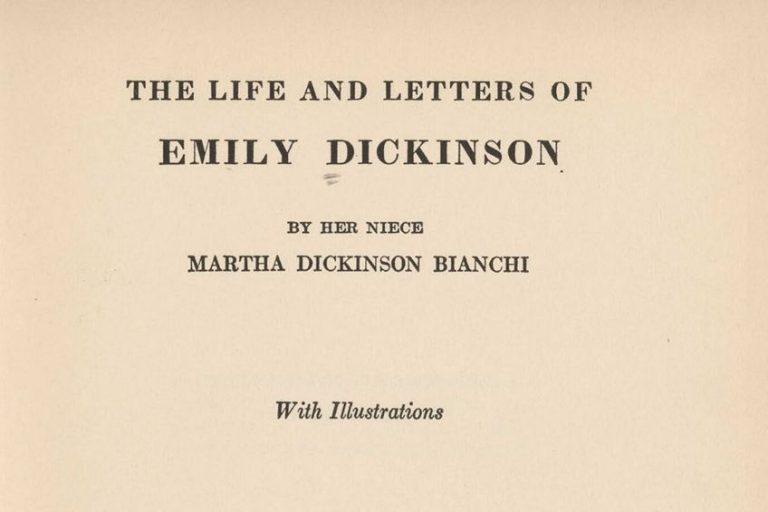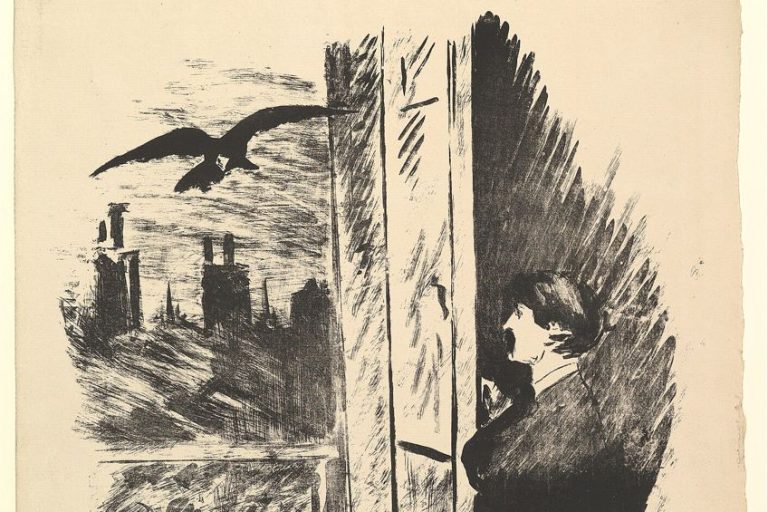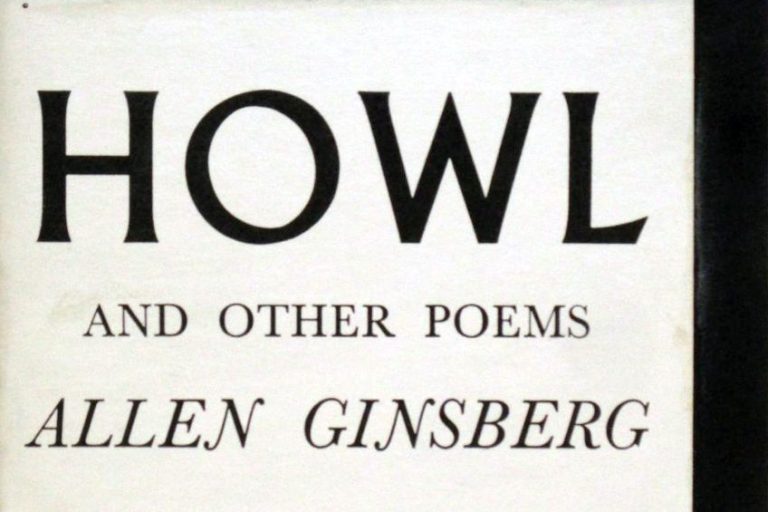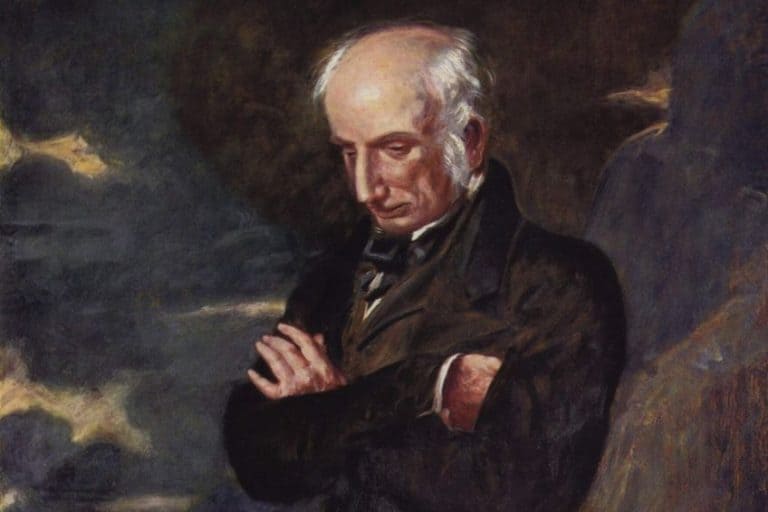“Caged Bird” by Maya Angelou Analysis – A Quick Exploration
Caged Bird by Maya Angelou is often considered to be one of the greatest poems concerned with oppression and, more specifically, the plight of African American people in the United States. The poem can be applied far further than only in the United States because the question, “Why does the caged bird sing?”, applies to oppressed people around the world. This is what we will analyze today. So, let’s get to our in-depth Caged Bird by Maya Angelou analysis.
Caged Bird by Maya Angelou Analysis
| Date Published | 1983 |
| Type of Poem | Free verse |
| Rhyme Scheme | Irregular |
| Meter | Variable |
| Topic | Oppression |
Today, we will be examining Caged Bird by Maya Angelou and thinking about questions like: “What is the subject of the caged bird’s song?”. In this article, we will perform an in-depth, stanza-by-stanza analysis of this famous poem to determine the meanings embedded within it. However, when was the Caged Bird poem written? This is an important early question because it can help us with our analysis and understanding of the poem as a whole.
The poem was published in 1983, and this means that it was written after the Civil Rights Movement in the United States.
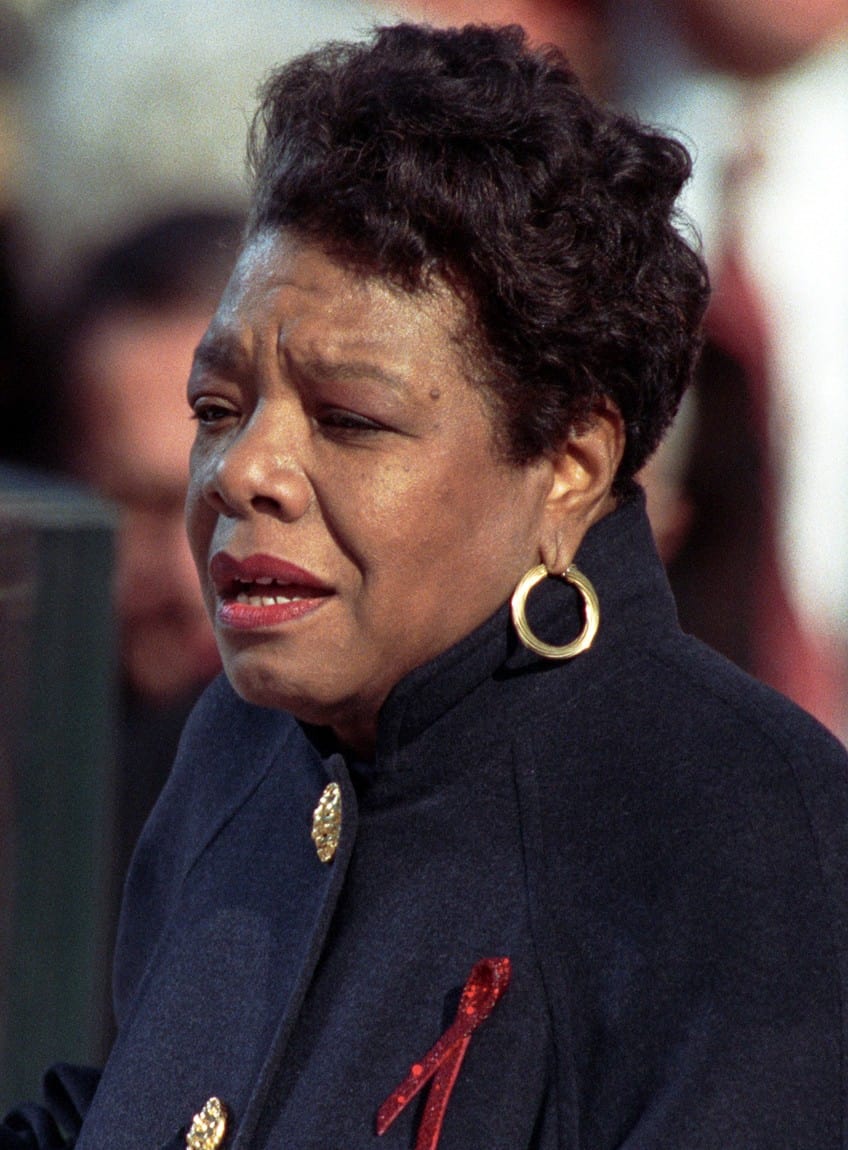
Regardless of being produced after this consequential movement in the United States, the poem still deals with the aftereffects of that era of American history. So, it is beneficial to keep this particular era in mind when looking at Caged Bird by Maya Angelou, meaning that the poem is still tied to this era of history even though it was produced after it.
However, the poem is metaphorical in nature, and this should also be kept in mind when approaching a “Caged Bird” poem analysis.
A Summary of Caged Bird by Maya Angelou
Before we get into anything, and for those who may not have time for a whole article to read, here is a short list of some summarized aspects of our Caged Bird poem analysis, and they may be useful for those who are studying this poem:
- The poem makes use of a bird metaphor: The idea of the caged bird and the free bird is of integral importance as this bird is the representation of people who are oppressed (the caged bird) and those who are not oppressed (the free bird). These two birds are juxtaposed against each other.
- The poem uses direct bird imagery: While the poem does use the bird as a metaphor, it also uses instances of bird oppression, such as clipping wings and restraining legs. These are used as a way of representing the kinds of oppression that are faced by human beings.
- There is an emphasis on singing: The song that the caged bird sings is representative of the calls for freedom that oppressed people project. The singing is a representation of protest and the vocalized desires of marginalized people.
- The poem uses a songlike structure: The poem is arranged around two choruses that are repeated verbatim. This allows for the poem to both be about a singing bird while also using the structure of an actual song.
These few points should be beneficial to those who need them, but it will also be helpful to go through the entire poem and perform a Caged Bird by Maya Angelou analysis but let us first have a look at the woman behind the poem.
Biography of Maya Angelou
| Poetic Movement | Non-classifiable |
| Years | 1928 – 2014 |
| Place of Birth | St. Louis, Missouri, United States |
| Known For | I Know Why the Caged Bird Sings (1969) and And Still I Rise (1978) |
It is often beneficial to examine the writer of a poem before committing to an analysis of any kind, and that is certainly the case when it comes to a Caged Bird poem analysis. The reason for this is that the experiences of Maya Angelou are integral to an understanding of this poem. She lived a difficult life when she grew up in the pre-Civil Rights Movement landscape of the United States.
She would later go on to be involved in the Civil Rights Movement and even worked with Martin Luther King Jr. and Malcolm X during this turbulent era in American history.

Her writings would reflect her political leanings, and many of her works were concerned with African American people, oppression, civil rights in general, and empowerment. Her work would go on to be immensely influential in American literature. Caged Bird is one of the poems that arose after the end of the Civil Rights Movement, but it explores similar themes and ideas to many of her other texts that were more closely aligned, in a chronological sense, with the movement.
This text comes from a personal place, but one that many would be able to understand.
In-Depth Caged Bird by Maya Angelou Analysis
There are few poems from the latter half of the 20th century as powerful and memorable as Caged Bird by Maya Angelou. The poem is focused on a metaphor, and this metaphor needs to be understood for the poem to be understood. On a highly literal level, one could read this poem as being concerned with the idea of an actual caged bird, but the bird represents a certain group of people. Those people are the oppressed of the world. The highly universalized nature of the poem’s message means that it cannot be easily reducible to only one group.
While Maya Angelou was generally concerned with African American people in the United States, and she likely wrote this poem to be about the political and social issues that plague that particular racial group, the poem can be applied far further.
It can represent any marginalized group that has been restrained by the society in which they find themselves. Universality is a concept that many writers attempt to explore, and while few topics are truly universal, in that they apply to everyone, something like Caged Bird by Maya Angelou should be understandable to all if not necessarily applicable to all. Now that all of this is over and done with, we can move on to the main show today and have a look at this poem on a more individual level. We want to perform a Caged Bird by Maya Angelou analysis that goes stanza-by-stanza. Let’s do it!
Stanza One
A free bird leaps
on the back of the wind
and floats downstream
till the current ends
and dips his wing
in the orange sun rays
and dares to claim the sky.
The first stanza of Caged Bird by Maya Angelou sets up the general qualities of the poem. It does not make use of particularly long lines, and each of the lines generally makes use of enjambment. This means that each line flows into the next line without there needing to be a pause. This allows for a stronger and more conversational flow from one line to the next. We are not meant to see each line on its own. Instead, we are meant to see them all as part of a whole. We will still focus on individual lines though.
The very first line establishes our central poetic subject, the concept of the bird. This particular bird is free. This bird leaps through the wind and travels downstream.
This bird “dips his wings” and travels towards the sun. All of these images are meant to evoke a free image. They emphasize freedom and the ability to do what the bird wants to do. Not only that but there is also the suggestion of naturalness here. The bird is only able to do this because it wants to, but the bird does so because it is meant to do this. The bird is supposed to be free. This is the way that it should be.
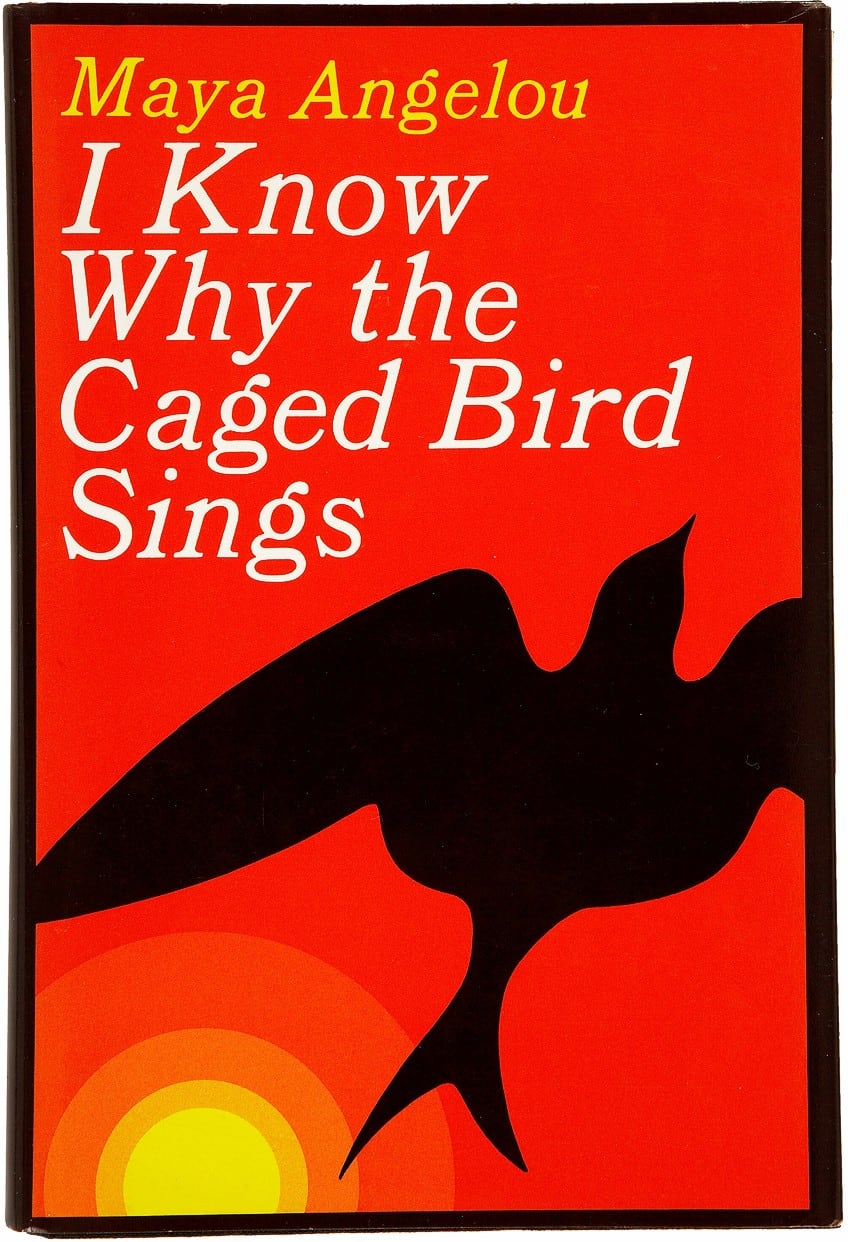
The final line of this first stanza is also a fantastic one as it states that the bird “dares to claim the sky”. This is a line that makes use of very strong language. The bird “dares”, which is an indication of fearlessness and courage. The bird will do with its environment what it wants to do. No one can stop the free bird from living the life that the bird wants to have, that the bird needs to have.
This metaphor is easily understandable to everyone. The free bird represents those who can be free.
Those who are not oppressed by the systems around them are people who are able to live their lives in peace while also doing with their lives whatever they want to do with their lives. This is the way that it should be for all of us. Many do enjoy these kinds of freedoms, but many do not. And the poem is about to switch to those who do not get to have this kind of freedom.
Stanza Two
But a bird that stalks
down his narrow cage
can seldom see through
his bars of rage
his wings are clipped and
his feet are tied
so he opens his throat to sing.
The second stanza of Caged Bird by Maya Angelou switches to the caged bird. This bird “stalks” down a “narrow cage”, and these images are used to produce an idea of confinement. The narrowness of the cage is a cell. It restricts what the bird is allowed to do with the life that it wants to have. The use of “stalks” is also an unpleasant phrase. In a free environment, “stalking” is a negative thing that implies predatory behavior, but here, it has a new meaning. Here, the bird can do nothing but stalk. The bird is forced into this uncomfortable and unhappy means of moving across the cage.
The next lines state that the bird can “seldom see through” his cage, and it refers to that cage as having “bars of rage”. The bird can only see around his cage. The bird cannot see beyond it. All that surrounds the bird is confinement and oppression.
The outside world is right there. It’s almost within grasp yet forever unattainable, and this induces an understandable rage. That rage is an important thing. We are often taught to think of anger as a negative emotion, but it is not a negative emotion. It can be negative, but it also helps us towards action. It is through anger that protest can be achieved.
The next two lines help us to understand this anger as it states that the wings of the bird are clipped, and the feet are tied. While these particular means of restraint are not actually applicable to humans, especially the clipping of wings, they are understandable. Restraining feet is something humans have done to the oppressed and the imprisoned for millennia, and restraining humans, in a more general sense, has also been done.
While many who suffer through oppression are not literally shackled, they are metaphorically shackled. They cannot go where they like or do what they like. They must do what they are permitted to do by those who have authority over them, and the caged bird is not within his own authority to do as he pleases.
The final line of this stanza will introduce an important motif in this poem as it states that “he opens his throat to sing”. Do you know what cannot be restrained within a cage? Our voices. We can be thrown into literal or metaphorical cages, but our voices cannot be silenced. We can still shout and scream, we can let everyone know that our confinement is not one that we will silently and solemnly accept. The bird sings because it wants to be free. This will emerge within the next stanza.
Stanza Three
The caged bird sings
with a fearful trill
of things unknown
but longed for still
and his tune is heard
on the distant hill
for the caged bird
sings of freedom.
The third stanza in our Caged Bird by Maya Angelou analysis is a very important one because it serves as a chorus that will be repeated later. The caged bird sings, and this poem is a song. This means that the emulation of songlike qualities is one that is worth using. The lines are short and abrupt, as has been the case since the beginning, but that is soon set to change.
However, the enjambment used in the lines persists here as we hear the caged bird singing for the first time. The caged bird sings in a fearful sense, and the bird sings of things it does not know. This fear is understandable.
The bird has been caged, restrained, and oppressed. What is out there? What does freedom entail? It’s something scary because it has never been attained, but it’s also something worth singing for. The next line states that despite it being something scary, it is “longed for still”.

The caged bird does not care that he has never experienced what he wants, and even if it is something scary to him, he will keep singing. And he will sing loudly. He sings so that “his tune is heard/on the distant hill”, because a song of protest, of desire for freedom, should not be a quiet thing. Sing for your freedom loudly. Demand it. Make yourself heard.
Because the “caged bird/sings for freedom”, and the caged bird deserves his freedom. And he will not let you think that he does not deserve it.
Stanza Four
The free bird thinks of another breeze
and the trade winds soft through the sighing trees
and the fat worms waiting on a dawn bright lawn
and he names the sky his own.
This stanza transitions to a lengthier line style. This allows the poem to shift its focus to something more contemplative and less musical in general. This stanza is focused on what the caged bird longs for as it waits and sings in its cage. What is the caged bird singing for? Why does the caged bird sing in the first place? What does the caged bird expect to find outside the bars of the cage?
The caged bird expects the breeze, the trees, and the tasty worms that he can eat. The wind has almost universally become a symbol of freedom as it moves without restraint.
Nothing can stop the wind, and the caged bird wants to experience that. The trees are a representation of the natural world, and the ability to move through it and to experience it without being restricted and restrained. Those fat worms are also there as the fruits of our labors, labors that have been taken from certain groups in the history of our world.
These particular things that the bird longs for may be somewhat unique to birds, as the wind allows a bird to glide through the air and they like to eat worms, but the feeling of why this represents freedom is still understandable to the human mind. We may not wish to eat worms, especially those in the Western countries that would have served as the primary places in which Maya Angelou found herself, but we do all want to be free.
It may also be worth noting that the myth of the United States of America is that it is the self-proclaimed “Land of the Free”, despite being one of many free countries in the world, but the hypocrisy of that idea is the focus of a message like the one this poem presents.
The land is supposedly free yet those within it are not free. And the bird, or the people that the bird represents, want to experience the freedom that they have been promised.
Stanza Five
But a caged bird stands on the grave of dreams
his shadow shouts on a nightmare scream
his wings are clipped and his feet are tied
so he opens his throat to sing.
The second-last stanza of Caged Bird by Maya Angelou continues the general lengthier style of the previous stanza. However, it also makes use of a decreasing typography. The first line is the longest of them all while the final line is the shortest.
The actual shape of the poem is pushing us downwards. It is pushing us towards the final stanza.
However, this stanza is still focused on the caged bird. It repeats motifs like the clipping of the wings and the tying of the feet. The poem wants us to remember that the bird is, at this time, not free. The bird is still caged, and the bird metaphorically, thanks to this imprisonment, “stands on the grave of dreams”. The bird does not get to have his dreams. The bird can never attain those dreams. The bird can never be free.
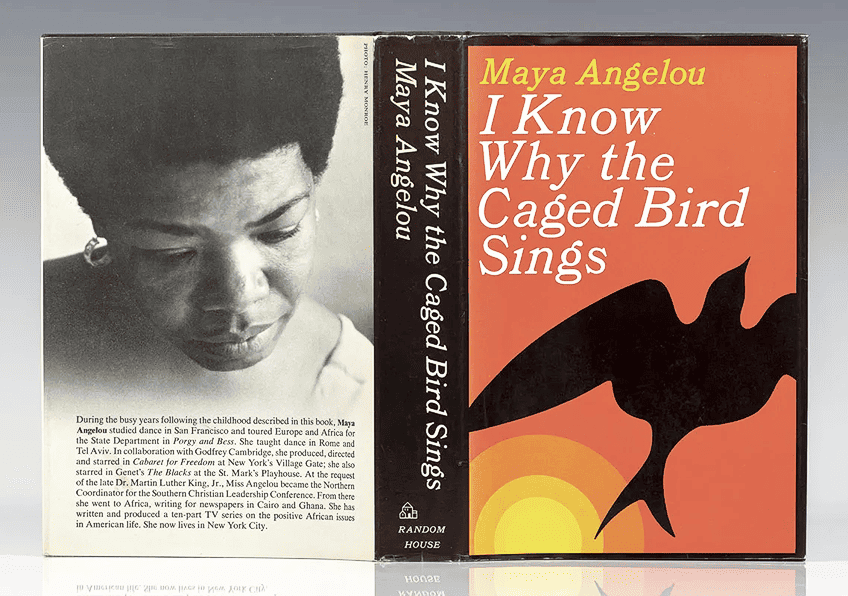
The second line uses the alliterative expression of pain that is “his shadow shouts on a nightmare scream”. The dream is a nightmare, and the song is a scream. And this leads to the final line where it repeats that “he opens his throat to sing”.
That is all the caged bird can do. The caged bird must sing. The caged bird must scream for his freedom because no one else is going to do it for him.
Stanza Six
The caged bird sings
with a fearful trill
of things unknown
but longed for still
and his tune is heard
on the distant hill
for the caged bird
sings of freedom.
The last stanza of this poem is a repeat of the third stanza. This makes it a chorus of sorts. The bird has sung, and the bird has sung his chorus too. The reason it is repeated is because there’s no point in saying anything new because what is old has not been addressed yet.
The caged bird still sings for freedom, and the bird sings the same tune for freedom because that freedom has not been attained. Why sing for anything else when freedom has not been granted?
Now that our Caged Bird by Maya Angelou analysis has come to an end, you should have a better appreciation and understanding of the poem in general. So, how about you do the next best thing that you can do and read the whole poem back to yourself like the chorus of a song? I have often found, when teaching my own students, that this can aid in understanding the poem as a whole. We have examined it on a more molecular level, so how about seeing it on a holistic level once again?
Why does the caged bird sing their song? We have looked at this question, among others, throughout this “CagedBird” by Maya Angelou analysis. What is the subject of the caged bird’s song? Why is “Caged Bird” such a famous poem by Maya Angelou? When was “Caged Bird” written? We have examined all of these questions and a few other thoughts and queries as we discussed a “Caged Bird” poem analysis. Hopefully, this has led to a better understanding of this poem and why it has become such a significant piece of 20th-century literature, but there are a ton of other Maya Angelou poems out there that are also fantastic examples of poetry in a similar, protest-oriented vein.
Frequently Asked Questions
What Is Caged Bird by Maya Angelou?
Caged Bird is a poem by Maya Angelou. This particular poem is considered to be one of the most well-known of her entire career, and it is seen as a powerful and poignant example of protest poetry. There are few American poems from the late 20th century that are considered to be as well-known as Caged Bird by Maya Angelou, meaning that this is also one of the most analyzed poems of the last fifty years. The poem is commonly found in school and university curricula because of this.
Who Was Maya Angelou?
Maya Angelou is likely one of the best-known poets of the 20th and 21st centuries. Her work is known for often focusing on empowerment, oppression, and issues surrounding the African American community in the United States. However, she wrote in a lot of different genres and mediums. She also produced some of the most important memoirs of the 20th century, and, in addition to this, she wrote children’s books, gave lectures throughout her career, performed some of her poetry as spoken word, and was involved in a number of plays and films.
What Is the Subject of the Caged Bird’s Song?
The bird that is discussed in the poem, Caged Bird, is a metaphorical bird that yearns for freedom. This is the ultimate subject of the song that the bird sings. It sings because it is caged, and it wants to be able to escape and be free. The basic idea is that a caged bird does not want to be caged, and for this reason, the caged bird can do the only thing that it can do: sing.
When Was the Caged Bird Poem Written?
Caged Bird was published in 1983 in the collection, Shaker, Why Don’t You Sing? This collection is considered to be one of the best by Maya Angelou. However, it was written after the end of the Civil Rights Movement in the United States. Regardless of this, it explores themes related to the movement. It has become a staple of Maya Angelou’s work since its publication, and is generally regarded as one of her finest and most widely read poems of her long career.
Why Does the Caged Bird Sing?
The general idea behind Caged Bird is that the reason for the bird’s song is because the song is something that cannot be caged. While the bird itself can be caged, the bird’s song cannot be caged. The song can be heard through the bars. This is a metaphorical representation of the yearning to be free that affects oppressed peoples around the world. In more specific terms, it refers to the struggles of African American people, but can be applied more widely than this meaning.
What Is the Difference Between Caged Bird and I Know Why the Caged Bird Sings?
These two texts have a very similar name to one another, but they are not the same text. However, there are thematic similarities between them. The text known as Caged Bird is a poem, and it has been the topic of this article. I Know Why the Caged Bird Sings (1969), on the other hand, is an autobiography. It was the first of the seven biographies that Maya Angelou wrote, and it is concerned with her early life and the struggles that she experienced as an African American in the pre-Civil Rights Movement era in the United States.
Justin van Huyssteen is a freelance writer, novelist, and academic originally from Cape Town, South Africa. At present, he has a bachelor’s degree in English and literary theory and an honor’s degree in literary theory. He is currently working towards his master’s degree in literary theory with a focus on animal studies, critical theory, and semiotics within literature. As a novelist and freelancer, he often writes under the pen name L.C. Lupus.
Justin’s preferred literary movements include modern and postmodern literature with literary fiction and genre fiction like sci-fi, post-apocalyptic, and horror being of particular interest. His academia extends to his interest in prose and narratology. He enjoys analyzing a variety of mediums through a literary lens, such as graphic novels, film, and video games.
Justin is working for artincontext.org as an author and content writer since 2022. He is responsible for all blog posts about architecture, literature and poetry.
Learn more about Justin van Huyssteen and the Art in Context Team.
Cite this Article
Justin, van Huyssteen, ““Caged Bird” by Maya Angelou Analysis – A Quick Exploration.” Art in Context. October 11, 2023. URL: https://artincontext.org/caged-bird-by-maya-angelou-analysis/
van Huyssteen, J. (2023, 11 October). “Caged Bird” by Maya Angelou Analysis – A Quick Exploration. Art in Context. https://artincontext.org/caged-bird-by-maya-angelou-analysis/
van Huyssteen, Justin. ““Caged Bird” by Maya Angelou Analysis – A Quick Exploration.” Art in Context, October 11, 2023. https://artincontext.org/caged-bird-by-maya-angelou-analysis/.





